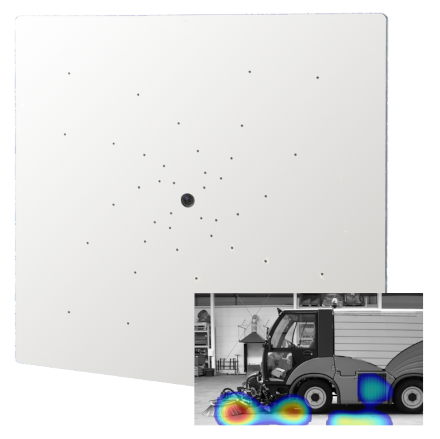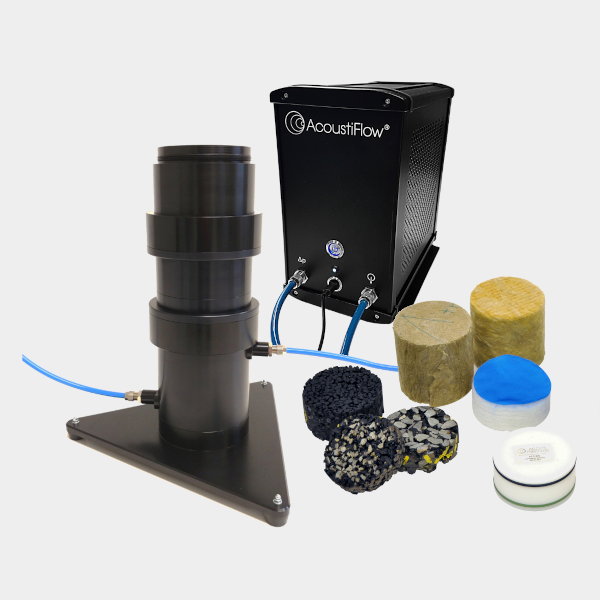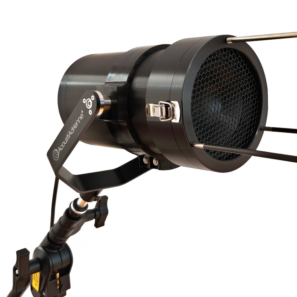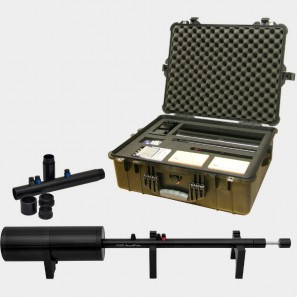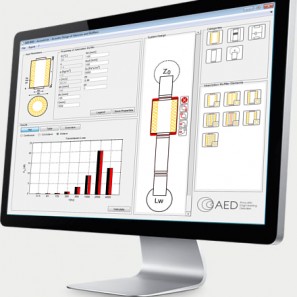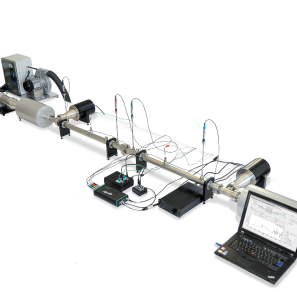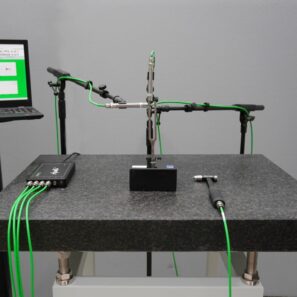Fields of application for acoustic cameras
When tracking down sound sources during acoustic investigations of complex objects, conventional measurements with a single or few microphones often yield dissatisfying results.
This problem can be solved with the method applied by the measuring system AcoustiCam®. The simultaneous measurement with a large number of microphones allows the exact localization and separation of sound sources in no time.
Typical applications of AcoustiCam® are:
- localization, separation and characterization of stationary (fixed position, quasi-stationary source signal) and non-stationary sound sources (moving, transient source signal) to reduce noise emitted by vehicles, machinery, household appliances and electric tools
- source analysis for acoustic design of wind tunnel models, complex vibrating structures, creaking or rattling structures
- long-term monitoring of machines and plants
- quality assurance
- acoustic vehicle tests (interior and outdoor)
- predictive maintenance of machine
- acoustic optimization of product.
(see Measurements with AcoustiCam®)
Principle of acoustic camera
Localizing sound sources with the measuring system AcoustiCam® is done by means of the Beamforming technique. The functionality of this technique can be explained by looking at the working principle of an ellipticle concave mirror.
(see Principle of AcoustiCam®, Performance of AcoustiCam®)
AC100 – Mobile microphone array
For localizing sound sources, the Gesellschaft für Akustikforschung Dresden mbH offers the system AC100, a small and handy acoustic camera with the dimensions 40 cm x 40 cm. In combination with an integrated DSP, this acoustic camera can by ideally applied as compact handheld mobile microphone array that offers you a maximum flexibility when acoustically investigating on-site and in the laboratory.
Handheld acoustic camera AC100 * compact * mobile * robust * low-cost *
Due to its state-of-the-art microphones in MEMS technology with integrated A/D converters and 51.2 kHz sampling rate, together with an integrated measurement data processing unit in the latest DSP technology, the AC100 is now affordable for a wide range of users. The complete integration in the array, with only one USB interface for data and power supply, allows a convenient mobile use with any Windows PC.
The AC100 is a compact and very easy-to-use acoustic camera for standalone applications. Because of its high performance, simple operation and fair price, the AC100 is suitable for a wide range of applications in research and production.
The AC100 is supplied either as pure hardware + Windows driver for custom development or bundled with the BeamformX application software from OptiNav.
AC100 BeamformX software
BeamformX uses an advanced new evaluation algorithm, the Robust Beamforming. Compared to conventional Beamforming methods, Robust Beamforming works faster, has a higher dynamic range and can resolve more details spatially and temporally. Even low-frequency components of e. g. 50 Hz can be localized by means of this algorithm even with a small array diameter, without the necessity of switching to Acoustic Holography. Robust Beamforming was developed by Robert P. Dougherty, OptiNav Inc USA.
Technical Data
AC100 – Mobile microphone array
- Microfone array: array with boundary surface and detachable handles
- Microphone arrangement: double spiral
- Dimensions of array: 40 cm x 40 cm
- Microphones: 40 MEMS microphones with 24 bit ADC
- Sampling rate: 51,2 kHz
- Frequency range: 200 Hz – 20 kHz (measurements at lower frequencies possible)
- Maximum sound pressure level: 120 dB
- Dynamic range: >30 dB (between loudest and weakest source in a single acoustic image)
- Distance to object under test: 0,1 m – infinity
- Dimensions of object under test: no limitation
- Front-end: signal processor integrated into array
- Interface: data and power connection via USB 2.0
- Optical camera: integrated 5 Megapixel camera, 30 fps
- VESA holder: 10 cm x 10 cm with tripod thread 3/8”
- Handles: 2 detachable handles (included)
- Optional extension: 4 digital I/O (2x In, 2x Out)
- System requirements computer / tablet: Windows 10, 64 Bit, 8 GB RAM, USB-2
- Software: API or BeamformX for Windows (online and postprocessing)
